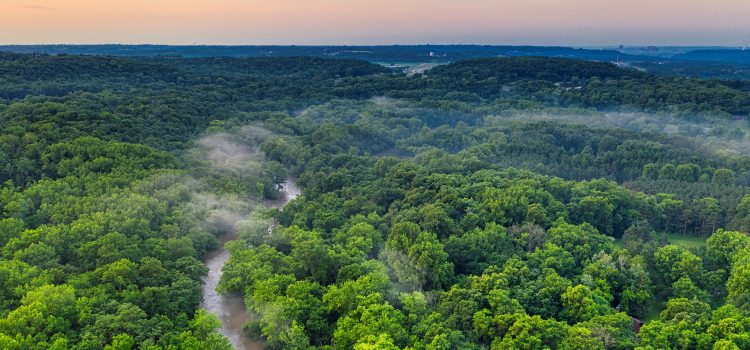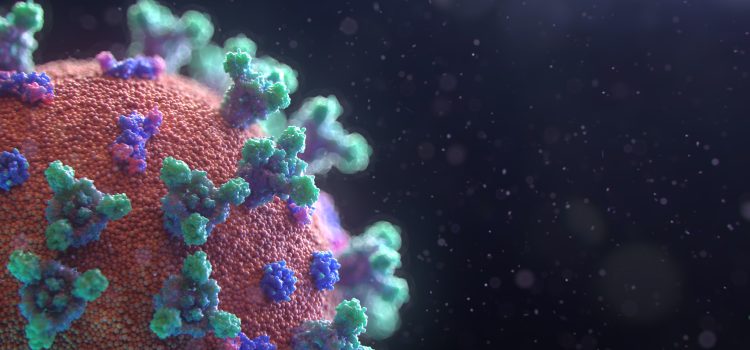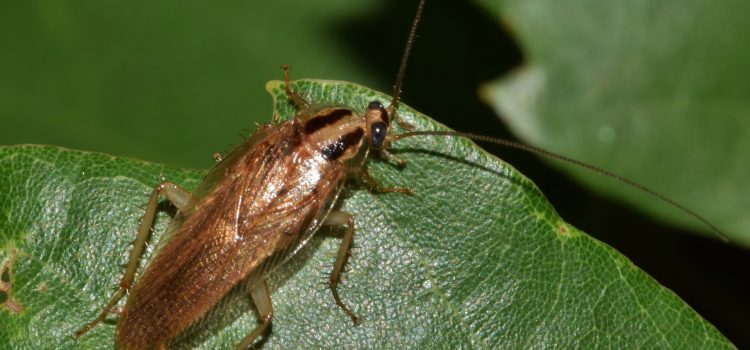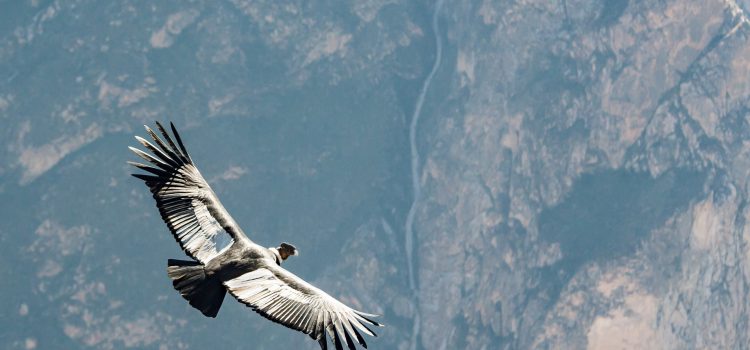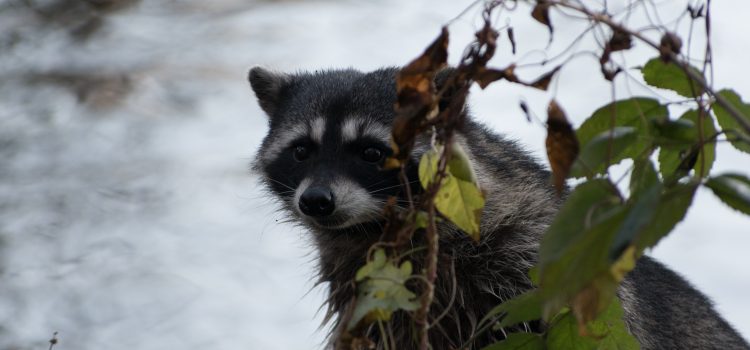
The Amazon rainforest is not just a vast expanse of trees, but also a vital ecosystem that plays a crucial role in regulating the Earth’s climate. However, for decades, deforestation has been ravaging this region at an alarming rate. The consequences of such destruction are dire: biodiversity loss, soil degradation, and heightened carbon emissions from the forest fires caused by human activity. In light of this issue, President Joe Biden has taken action to protect the Amazon by pledging $500 million to stop deforestation in Brazil. This bold move carries great significance as it demonstrates America’s commitment to tackling climate change while also preserving one of nature’s most precious gifts.
The Amazon rainforest
The Amazon rainforest spans over a vast area of 2.1 million square miles, covering nine countries in South America. It is home to more than 40,000 plant species, 3,000 freshwater fish species and countless other forms of wildlife.
This region plays an essential role in regulating the Earth’s climate by absorbing carbon dioxide from the atmosphere. The Amazon also produces around 20% of the world’s oxygen and influences global weather patterns through its release of moisture into the air.
Despite its ecological importance, deforestation has been taking place on a massive scale for decades due to commercial interests such as logging and agriculture. The consequences have been devastating: soil degradation, biodiversity loss and heightened levels of greenhouse gas emissions from forest fires.
Protecting this natural wonder is crucial not only for preserving biodiversity but also for mitigating climate change impacts worldwide. President Biden’s initiative offers hope that we can still take action towards safeguarding our planet’s future by protecting one of its most magnificent wonders -The Amazon Rainforest-
The deforestation of the Amazon
The Amazon rainforest covers about 40% of South America and is home to millions of species of animals and plants. However, the deforestation rate in the Amazon has been alarmingly high over the past decades due to human activities such as logging, mining, agriculture expansion and illegal settlements. This has led to devastating consequences for not only the local flora and fauna but also for global climate change.
Deforestation in the Amazon results in a significant loss of carbon absorption capacity which contributes greatly to greenhouse gas emissions. Trees absorb carbon dioxide from the atmosphere during photosynthesis, storing it within their tissues. The destruction of these trees releases all that stored carbon back into the atmosphere.
Moreover, deforestation causes soil erosion which affects water quality and quantity leading to droughts or floods downstream. It also disrupts natural habitats causing extinction or migration patterns changes among animals and insects.
Stopping deforestation in Brazil’s Amazon is therefore vital if we want to protect our planet’s biodiversity while reducing greenhouse gas emissions that contribute towards global warming.
The Amazon rainforest and climate change
The Amazon rainforest is often referred to as the “lungs of the planet” because it produces 20% of the world’s oxygen. However, deforestation has put this vital ecosystem in danger, with an estimated 17% of the forest already destroyed.
But why is preserving the Amazon so crucial? One reason is its impact on climate change. Trees absorb carbon dioxide from the atmosphere and store it in their trunks, branches, and leaves. When forests are cut down or burned, that stored carbon is released into the air.
In addition to releasing carbon dioxide, deforestation also changes local weather patterns and can lead to droughts and wildfires. These events further contribute to climate change by releasing even more greenhouse gases into the atmosphere.
Climate change caused by deforestation doesn’t just affect Brazil and neighboring countries; it has global consequences that impact us all. The loss of biodiversity in one region can have far-reaching effects on ecosystems around the world.
Protecting the Amazon rainforest isn’t just important for preserving a unique habitat; it’s also critical for mitigating climate change impacts worldwide.
The Biden plan to stop the deforestation of the Amazon
The Amazon rainforest is the largest tropical rainforest in the world and is home to millions of species of plants and animals. However, deforestation has been a major problem in recent years due to increasing demand for agricultural land, logging, mining, and other activities.
To address this issue, President Biden has announced his plan to protect the Amazon by pledging $500 million towards stopping deforestation in Brazil. The funds will be used to support sustainable economic development projects that create jobs while preserving the forest.
In addition to financial aid, Biden’s plan also includes diplomatic efforts to encourage Brazil’s government officials to take action against illegal deforestation practices. This involves collaborating with international organizations such as UN agencies and NGOs working on environmental issues.
Furthermore, Biden’s administration plans on establishing partnerships with indigenous communities who hold vital knowledge about how best we can conserve natural resources. These partnerships aim at creating more sustainable ways of living through eco-friendly farming methods without contributing further damage or depletion of natural resources.
President Biden’s initiative presents an opportunity for all stakeholders involved: governments; corporations; local communities; civil society organizations –to work together towards achieving our common goal – protecting one of Earth’s most vital ecosystems- The Amazon Rainforest.
The $500 million pledge from Biden to stop the deforestation of the Amazon
In a global effort to combat climate change, President Joe Biden has pledged $500 million to stop deforestation in the Amazon. The massive rainforest is often referred to as the “lungs of the planet” because it absorbs and stores carbon dioxide, which helps regulate Earth’s climate.
Deforestation has been a major issue in Brazil for decades due to logging, mining, and farming activities. According to Greenpeace, an area equivalent to 8 football fields is lost every minute in the Amazon. This rapid destruction not only threatens biodiversity but also contributes significantly to greenhouse gas emissions.
The pledge from President Biden will provide financial assistance for conservation efforts aimed at reducing deforestation rates by up to 40%. Additionally, it will support Brazil’s commitment under the Paris Agreement on Climate Change.
This pledge is part of President Biden’s larger plan of achieving net-zero greenhouse gas emissions by 2050. It highlights his administration’s commitment towards addressing environmental issues while also promoting international cooperation.
This significant investment from President Biden represents a positive step towards protecting our planet and combating climate change. By working together with other countries and prioritizing sustainable practices over profit-driven ones, we can protect our natural resources for generations to come.
Conclusion
Protecting the Amazon rainforest is crucial to protecting our planet from climate change, preserving biodiversity, and supporting indigenous communities. The deforestation of the Amazon has been a long-standing issue that requires urgent action. Fortunately, President Biden’s pledge of $500 million to stop deforestation in Brazil shows significant progress towards addressing this problem.
It is essential for other world leaders to follow suit and take measures to protect forests globally through sustainable agriculture practices and environmental policies. We must all work together as a global community to protect our natural resources for future generations.
With continued efforts like these, we can make a real difference in safeguarding our planet’s health and ensuring that we leave behind a livable world for our children and grandchildren. Protecting the Amazon rainforest may just be one small step in this journey but it is undoubtedly an important one!








